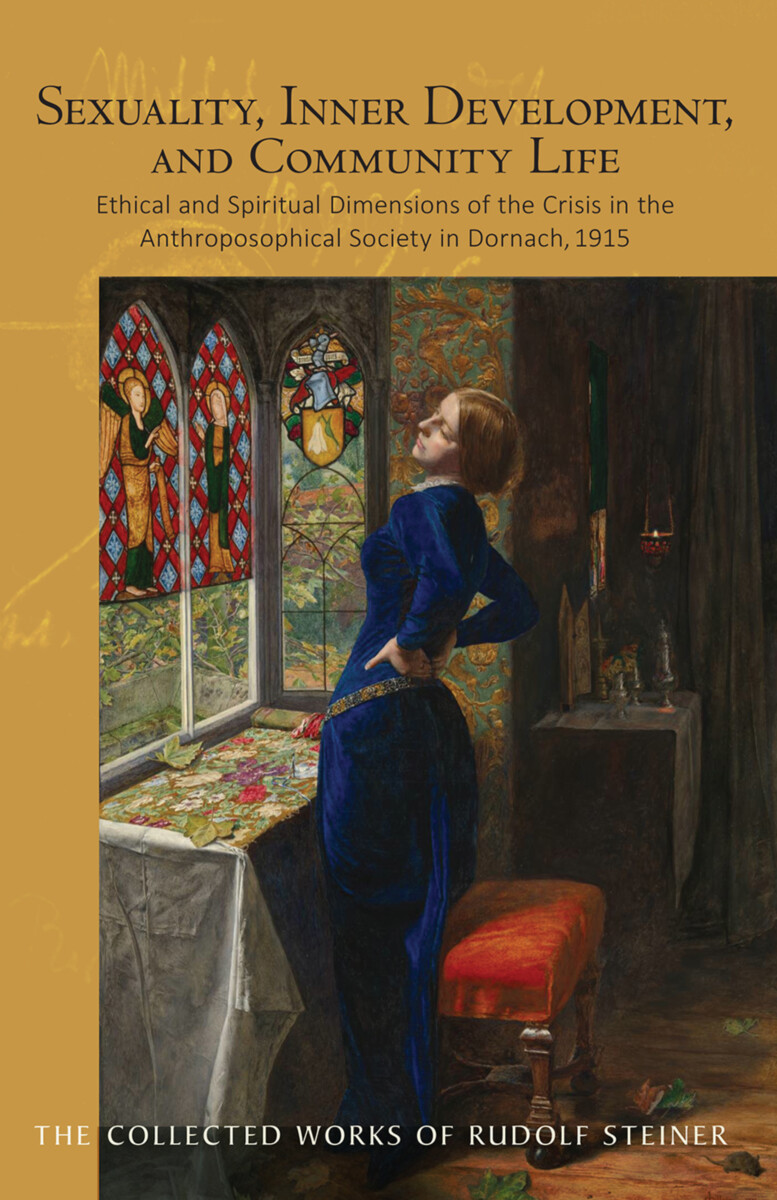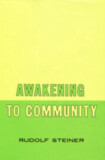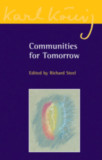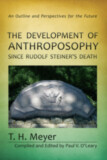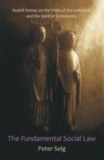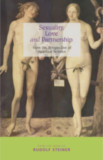Sexuality, Inner Development, and Community Life
Ethical and Spiritual Dimensions of the Crisis in the Anthroposophical Society in Dornach, 1915 (CW 253)
- Publisher
SteinerBooks - Published
16th January 2017 - ISBN 9781621480938
- Pages 214 pp.
- Size 6" x 9"
7 lectures, Dornach, September 10–16, 1915 (CW 253)
Occasioned by a “scandal” precipitated by Rudolf Steiner’s marriage to Marie von Sivers in 1915, the lectures that constitute part one contain Steiner’s strongest statements on the issue of human relationships in a spiritual community. Using emphatic language Steiner makes it clear that becoming part of a spiritual community entails responsibilities and, indeed, a new way of being, and that members must become actively interested and engaged in the concerns of the group rather than simply wanting or expecting personal benefit from it. Above all, he asserts that it is essential for members to realize that a spiritual community is a living entity that needs the care and respect of its creators.
Because the crisis had been provoked by individuals under the influence of Freudian psychoanalysis, Steiner assesses Freud’s work, and psychoanalysis as a whole, illumined by an anthroposophic understanding of the human being. Steiner also speaks on sexuality and modern clairvoyance, relating them to Freudian psychoanalysis, as well as to the seer Emanuel Swedenborg as an example of the difficulties of entering the spiritual world. Then, starting from a historical perspective, Steiner poses a question: How old is love? He goes on to examine our modern idea of love in the context of mysticism.
Part two includes documentation of the Dornach crisis, along with two addresses by Rudolf Steiner to the members there, as well as Marie Steiner’s address to the Women’s Meeting on the particular tasks and challenges of women, both as members of the women’s movement of the time and in a spiritual community.
Sexuality, Inner Development, and Community Life is a translation from German of the book Probleme des Zusammenlebens in der Anthroposophischen Gesellschaft. Zur Dornacher Krise vom Jahre 1915 Mit Streiflichtern auf Swedenborgs Hellsehergabe, Anschauungen der Freudschen Psychoanalyse und den Begriff der Liebe im Verhältnis zur Mystik (GA 253).
C O N T E N T S:
Preface
Introduction by Christopher Schaefer, PhD
I. Terms and Conditions of Life in the Anthroposophical Society
Requirements of Our Life Together in the Anthroposophical Society
The Anthroposophical Society as a Living Being
Swedenborg: An Example of Difficulties in Entering Spiritual Worlds
Methods and Rationale of Freudian Psychoanalysis
Sexuality and Modern Clairvoyance: Freudian Psychoanalysis and Swedenborg as a Seer
The Concept of Love as It Relates to Mysticism
The Philosophy of Psychoanalysis as Illumined by an Anthroposophical Understanding of the Human Being
II. Documentation on the Dornach Crisis of 1915 with Two Addresses by Rudolf Steiner
The Protagonists
Letters from Alice Sprengel to Rudolf Steiner
Letter from Alice Sprengel to Marie Steiner
Letter from Mary Peet to Alice Sprengel
Address by Rudolf Steiner
Letter from Heinrich and Gertrud Goesch to Rudolf Steiner
Letter from the members in Dornach to Rudolf Steiner
Address by Rudolf Steiner
Resolving the Case
Letter from the members in Dornach to Marie Steiner
Letter from the Vorstand of the Anthroposophical Society to Heinrich and Gertrud Goesch and Alice Sprengel
Marie Steiner’s Address at the Women’s Meeting
Letter from Marie Steiner to Julia Wernicke
Rudolf Steiner
Rudolf Steiner (b. Rudolf Joseph Lorenz Steiner, 1861–1925) was born in the small village of Kraljevec, Austro-Hungarian Empire (now in Croatia), where he grew up. As a young man, he lived in Weimar and Berlin, where he became a well-published scientific, literary, and philosophical scholar, known especially for his work with Goethe’s scientific writings. Steiner termed his spiritual philosophy anthroposophy, meaning “wisdom of the human being.” As an exceptionally developed seer, he based his work on direct knowledge and perception of spiritual dimensions. He initiated a modern, universal “spiritual science” that is accessible to anyone willing to exercise clear and unbiased thinking. From his spiritual investigations, Steiner provided suggestions for the renewal of numerous activities, including education (general and for special needs), agriculture, medicine, economics, architecture, science, philosophy, Christianity, and the arts. There are currently thousands of schools, clinics, farms, and initiatives in other fields that involve practical work based on the principles Steiner developed. His many published works feature his research into the spiritual nature of human beings, the evolution of the world and humanity, and methods for personal development. He wrote some thirty books and delivered more than six thousand lectures throughout much of Europe. In 1924, Steiner founded the General Anthroposophical Society, which today has branches around the world.


